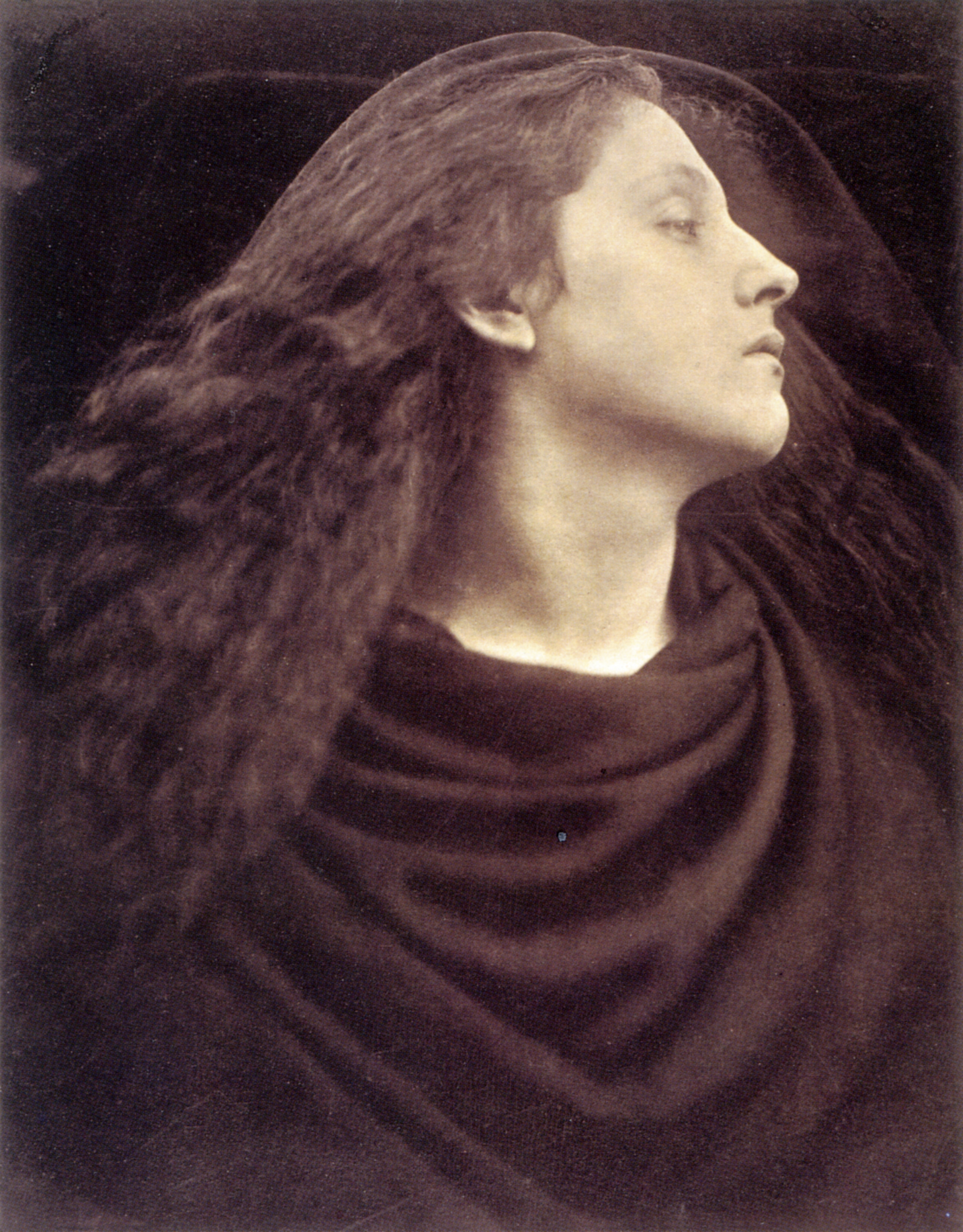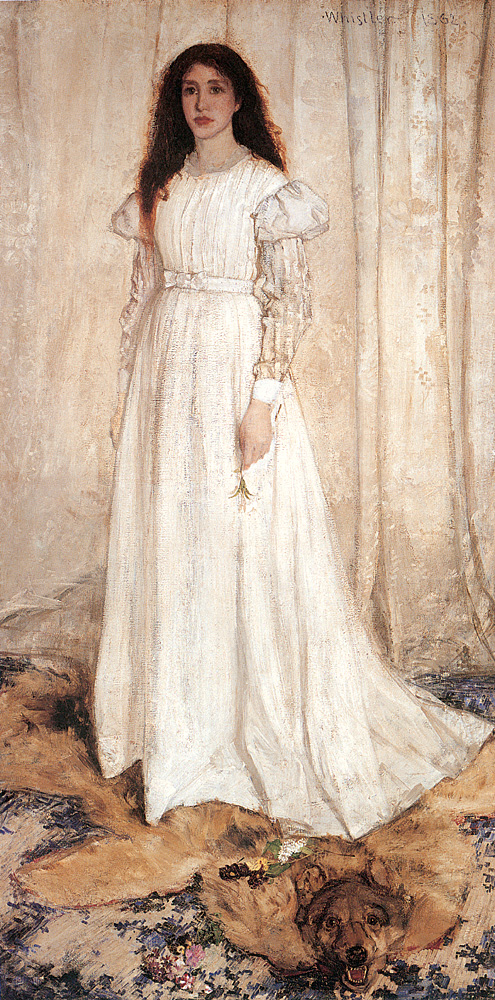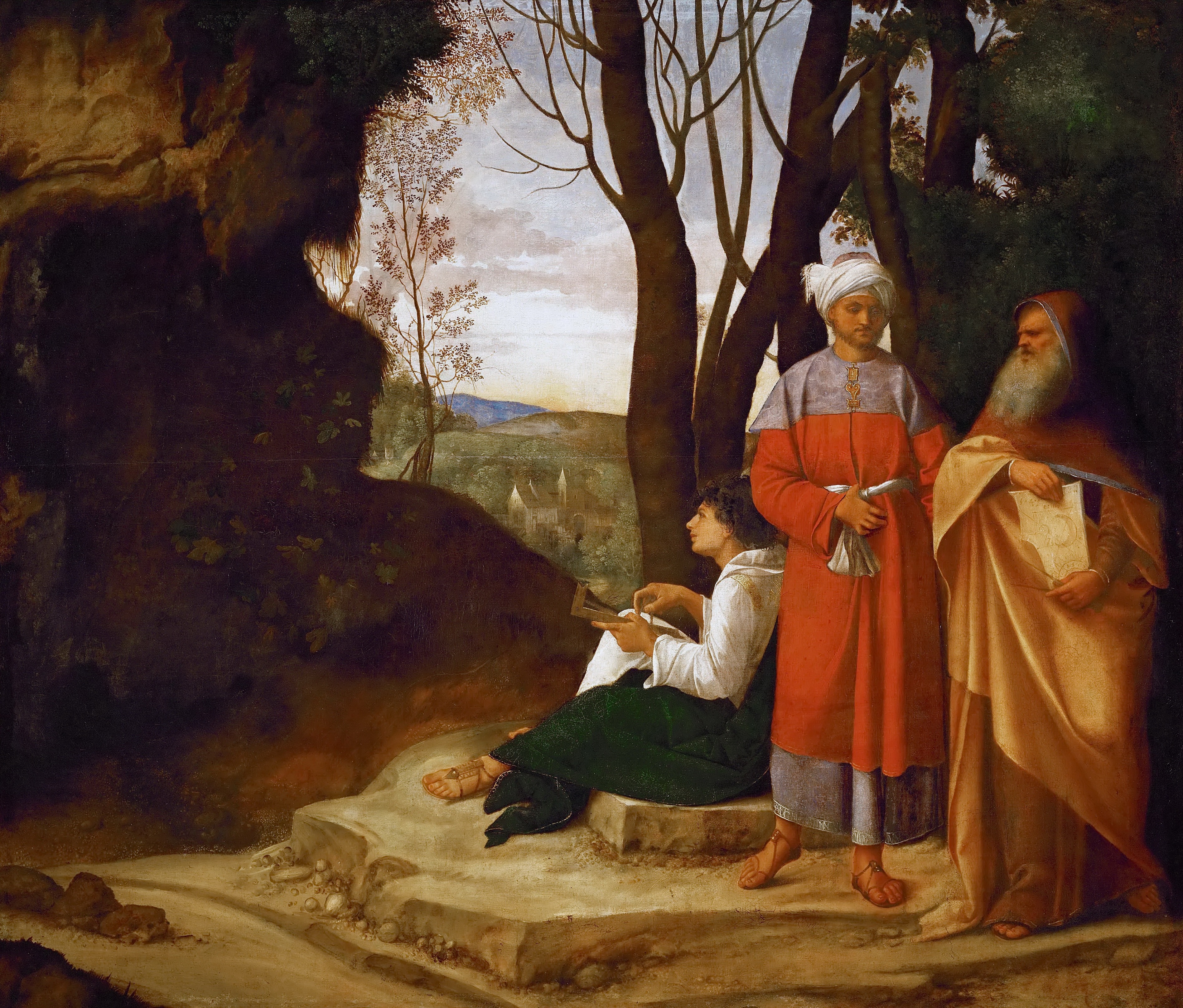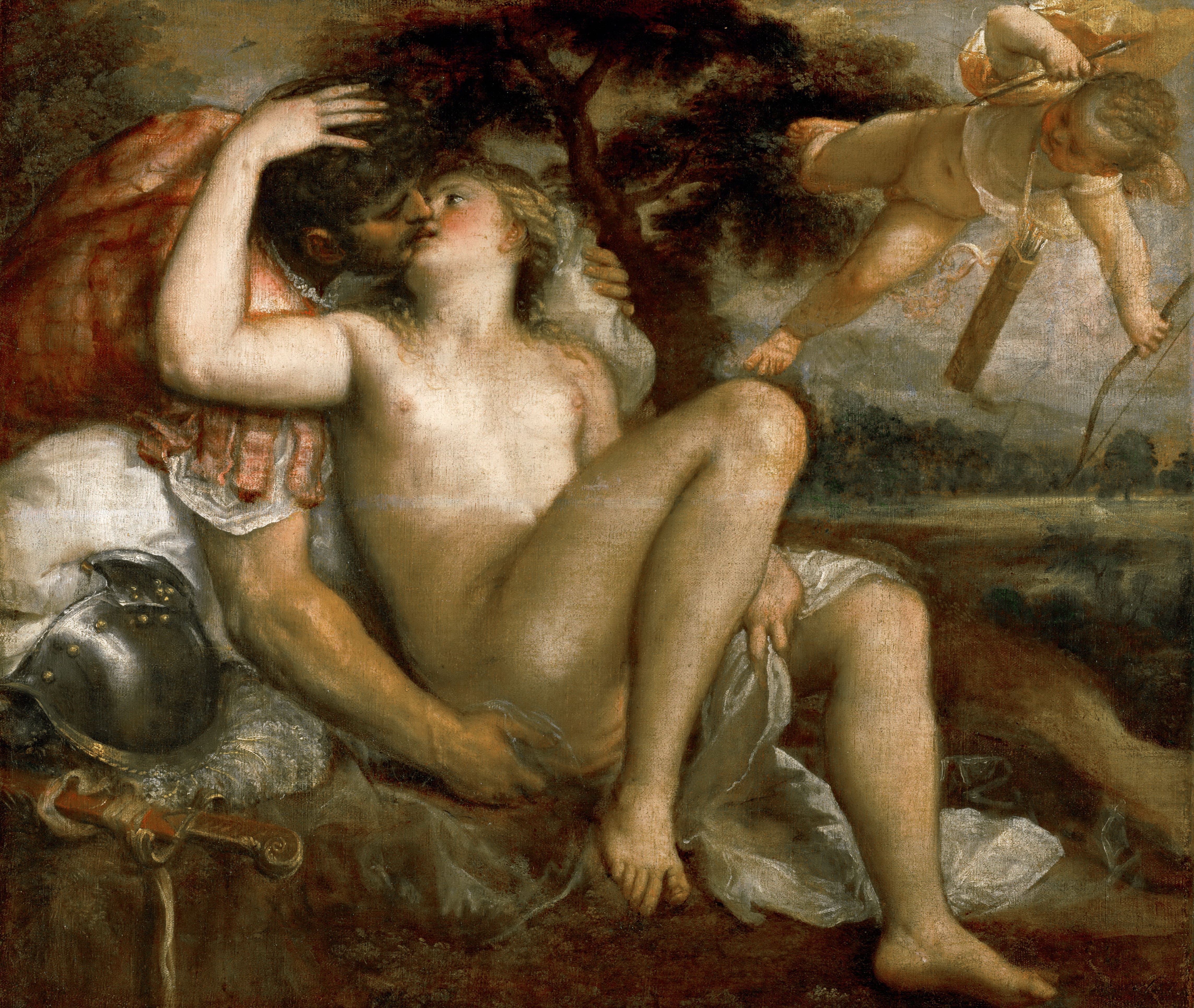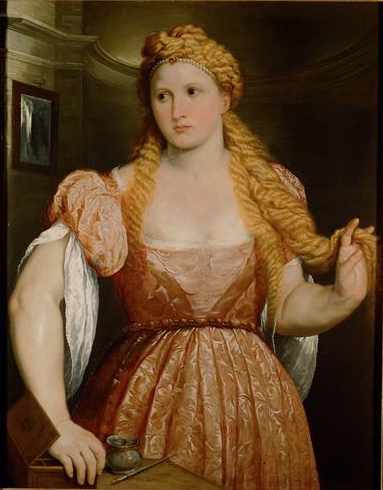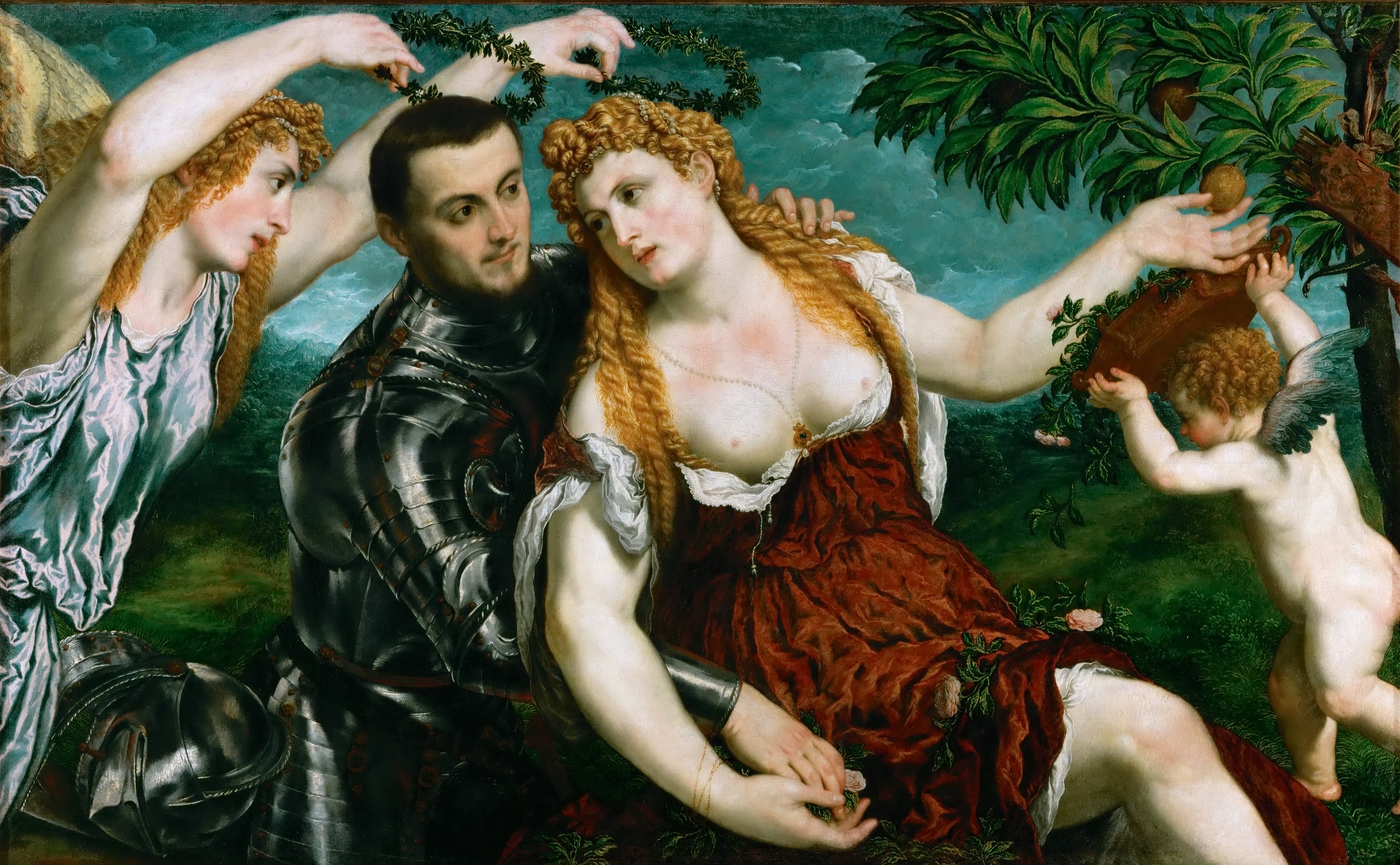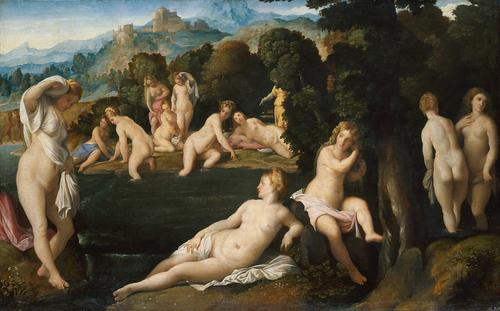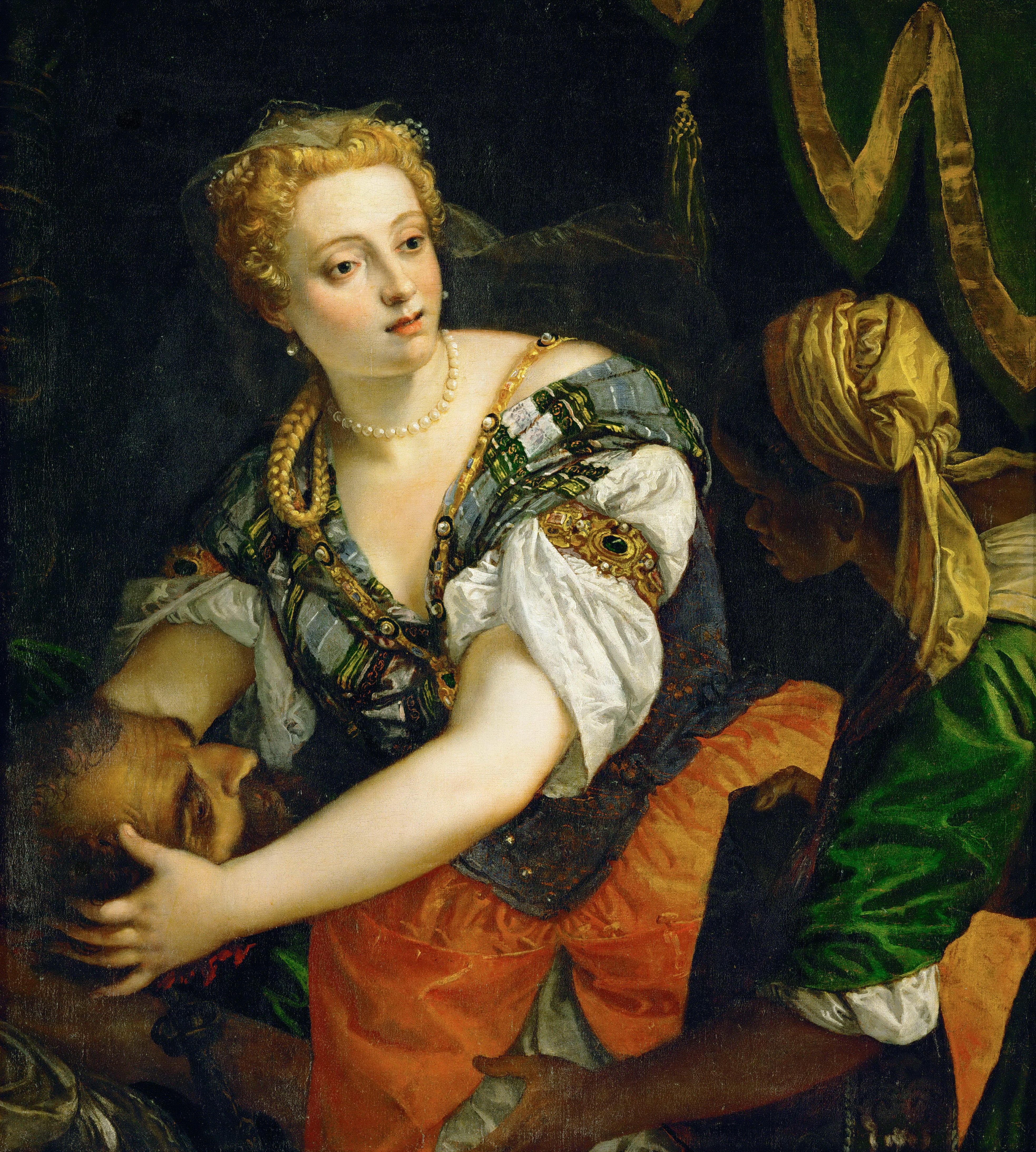Another day in San Francisco and another phenomenal exhibit. What can I say? The Fine Arts Museums of San Francisco are on a roll.
Currently on view at the Legion of Honor is Cult of Beauty: The Victorian Avant-Garde, 1860-1900:
This exhibit is free for members, so I wasn't expecting that it would be quite so impressive, but it really, really is. So good in fact, that I went to see it twice!
The name, "cult of beauty," refers to the British aesthetic movement that largely coincided with French Impressionism and Post-Impressionism. Like the French impressionists, the British "aesthetics" rebelled against existing styles of painting and overwhelmingly preferred art for art's sake to narrative painting. The exhibit is composed of works by Whistler, James Tissot, Frederick Leighton and many others, as well as interior design pieces by artists like William Morris.
Some of my favorites:
James McNeil Whistler, Symphony in White, No 1. 1862.
James Abbott McNeill Whistler [Public domain], via Wikimedia Commons
James McNeil Whistler. Symphony in White no. 2. 1864. Oil on canvas. This painting is of his mistress. She holds a Japanese fan and the mantlepiece holds an Asian vase. This shows again the influence that Japanese objects had on Whistler as an artist.
Frederick Walker. The Woman in White. 1871. (detail)
On loan to the Legion from the Tate in England. She is simply stunning! According to the audio tour she is the first British example of a large scale pictorial poster! I found her utterly captivating.
Other favorites were:
Edward Burns-Jones. Laus Veneris. 1868. Unfortunately the striking, fiery red of Venus's dress doesn't come across in this digital image. Unlike many of the other paintings in the aesthetic movement and in this exhibit, Laus Veneris has a narrative theme. One of the figures looks right at the viewer, and recalls a memory of a Medici chapel in Santa Maria Novella, where one of the Medici invites you into the room and another guides you out by a direct stare. Burn-Jones was fascinated with medieval themes and Arthurian legends, which also come across clearly in the painting's narrative qualities. It easily calls to mind medieval tapestries.
Frederick Leighton. Pavonia.
Edward Moore. Azaleas.
Frederick Leighton. Syracean Bride Leading Wild Beasts
Spencer Stanhope. Eros, Love and Maiden. Loved Renaissance Painting, Botticelli. Painted using egg-tempera.
Some Aubrey Beardsley illustrations for Oscar Wilde's Salome. 1893.
Albert Moore. Venus. 1869.
George Frederick Watts. Study with Peacock Feather. Peacock feathers are a symbol of vanity!
Frederick Leighton. Cherries. 1865.
George Frederick Watts. Love and Death.
Whistler. Nocturn- Blue and Gold- Old Battersea Bridge.
And many, many others for which I don't have any images to share.
After the museum, I took short walk near by.
The Golden Gate Bridge
The Lincoln Park golf course
Lincoln Park Golf Course with white flowers
Not a trip to San Francisco goes by without seeing something amazing. Along the path I was walking I found another path heading toward the sea cliffs. It was somewhat secluded and filled with wild flowers- a kind I've never seen before. I have no idea what they are called, but I hope that my photos convey a bit of their fiery magic!

Cypress Trees
Wild flowers and Cypress trees.
I particularly love the contrast between the yellow green and coral colors. Just down the path a little farther...

I spy...
with my little eye...
Beautiful San Francisco Bay!
On a cloud-free, care free day.
:-)
As George Sterling once wrote about this city...
...The winds of the Future wait
At the iron walls of her Gate,
And the western ocean breaks in thunder,...
- a small snippet from "The Cool Grey City of Love (San Francisco)." 1920.
Legion of Honor courtyard in the rain...
Currently on view at the Legion of Honor is Cult of Beauty: The Victorian Avant-Garde, 1860-1900:
This exhibit is free for members, so I wasn't expecting that it would be quite so impressive, but it really, really is. So good in fact, that I went to see it twice!
The name, "cult of beauty," refers to the British aesthetic movement that largely coincided with French Impressionism and Post-Impressionism. Like the French impressionists, the British "aesthetics" rebelled against existing styles of painting and overwhelmingly preferred art for art's sake to narrative painting. The exhibit is composed of works by Whistler, James Tissot, Frederick Leighton and many others, as well as interior design pieces by artists like William Morris.
Some of my favorites:
Julia Margaret Cameron [Public domain or Public domain], via Wikimedia Commons
Julia Margaret Cameron was an amateur photographer with a very discerning and interesting eye. According the the audio tour she was friends with Tennyson and titled this photograph after a line in one of his poems. It is called Call, I follow, let me die. 1867. I love her compositions! There is another photo of hers in the exhibit called After the Manner of the Elgin Marbles that unfortunately I don't have an image of (and neither does Wikipedia). For that photograph, Cameron was inspired by a recently cleaned Greek marble sculpture at the British Museum.
Other favorites included the ladies in white:
James Abbott McNeill Whistler [Public domain], via Wikimedia Commons
James McNeil Whistler, Symphony in White, No 1. 1862.
According to the audio tour this work was shocking in that it was a radical composition with no moral content. Whistler cited music in his work, ie "symphony in white" to make the meaning of the painting even more abstract and take the viewer away from considering anything other than its beauty.
James Abbott McNeill Whistler [Public domain], via Wikimedia Commons
James McNeil Whistler. Symphony in White no. 2. 1864. Oil on canvas. This painting is of his mistress. She holds a Japanese fan and the mantlepiece holds an Asian vase. This shows again the influence that Japanese objects had on Whistler as an artist.
On loan to the Legion from the Tate in England. She is simply stunning! According to the audio tour she is the first British example of a large scale pictorial poster! I found her utterly captivating.
Whistler. Harmony in Grey and Green: Portrait of Miss Cecily Alexander. 1873. Miss Cecily was a young daughter of a banker. Whistler was very deliberate with this work. He designed everything including the dress that Cecily wore... to his studio...70 times. That is perhaps why her expression is somewhat sullen. The influence of Japanese art is clear throughout this work. The flat patches of color, the asymmetry of the composition and the flowers and butterflies are all inspired from Japanese Prints and Pottery.
Other favorites were:
Edward Burns-Jones. Laus Veneris. 1868. Unfortunately the striking, fiery red of Venus's dress doesn't come across in this digital image. Unlike many of the other paintings in the aesthetic movement and in this exhibit, Laus Veneris has a narrative theme. One of the figures looks right at the viewer, and recalls a memory of a Medici chapel in Santa Maria Novella, where one of the Medici invites you into the room and another guides you out by a direct stare. Burn-Jones was fascinated with medieval themes and Arthurian legends, which also come across clearly in the painting's narrative qualities. It easily calls to mind medieval tapestries.
Frederick Leighton. Pavonia.
Edward Moore. Azaleas.
Frederick Leighton. Syracean Bride Leading Wild Beasts
Spencer Stanhope. Eros, Love and Maiden. Loved Renaissance Painting, Botticelli. Painted using egg-tempera.
Some Aubrey Beardsley illustrations for Oscar Wilde's Salome. 1893.
Albert Moore. Venus. 1869.
George Frederick Watts. Study with Peacock Feather. Peacock feathers are a symbol of vanity!
Frederick Leighton. Cherries. 1865.
George Frederick Watts. Love and Death.
According to the audio tour, Oscar Wilde LOVED this painting. I do too. It is awesome- truly. Monumental in size, the giant figure of death towers over cupid. This painting was hung during the opening of the Grovner Gallery- created to look like an artist's home and what became home to the aesthetic movement's great artists. At the gallery, Love and Death could wage a passionate struggle for all the upper-class and middle-class collectors to come and see. Oh, to be a fly on a Grovner wall in 1870-something. Sigh*
Whistler. Nocturn- Blue and Gold- Old Battersea Bridge.
And many, many others for which I don't have any images to share.
After the museum, I took short walk near by.
The Golden Gate Bridge
The Lincoln Park golf course
Lincoln Park Golf Course with white flowers
Not a trip to San Francisco goes by without seeing something amazing. Along the path I was walking I found another path heading toward the sea cliffs. It was somewhat secluded and filled with wild flowers- a kind I've never seen before. I have no idea what they are called, but I hope that my photos convey a bit of their fiery magic!

Cypress Trees
Wild flowers and Cypress trees.
I particularly love the contrast between the yellow green and coral colors. Just down the path a little farther...

I spy...
with my little eye...
Beautiful San Francisco Bay!
On a cloud-free, care free day.
:-)
As George Sterling once wrote about this city...
...The winds of the Future wait
At the iron walls of her Gate,
And the western ocean breaks in thunder,...
- a small snippet from "The Cool Grey City of Love (San Francisco)." 1920.


